SUMMARY
This is AI generated summarization, which may have errors. For context, always refer to the full article.
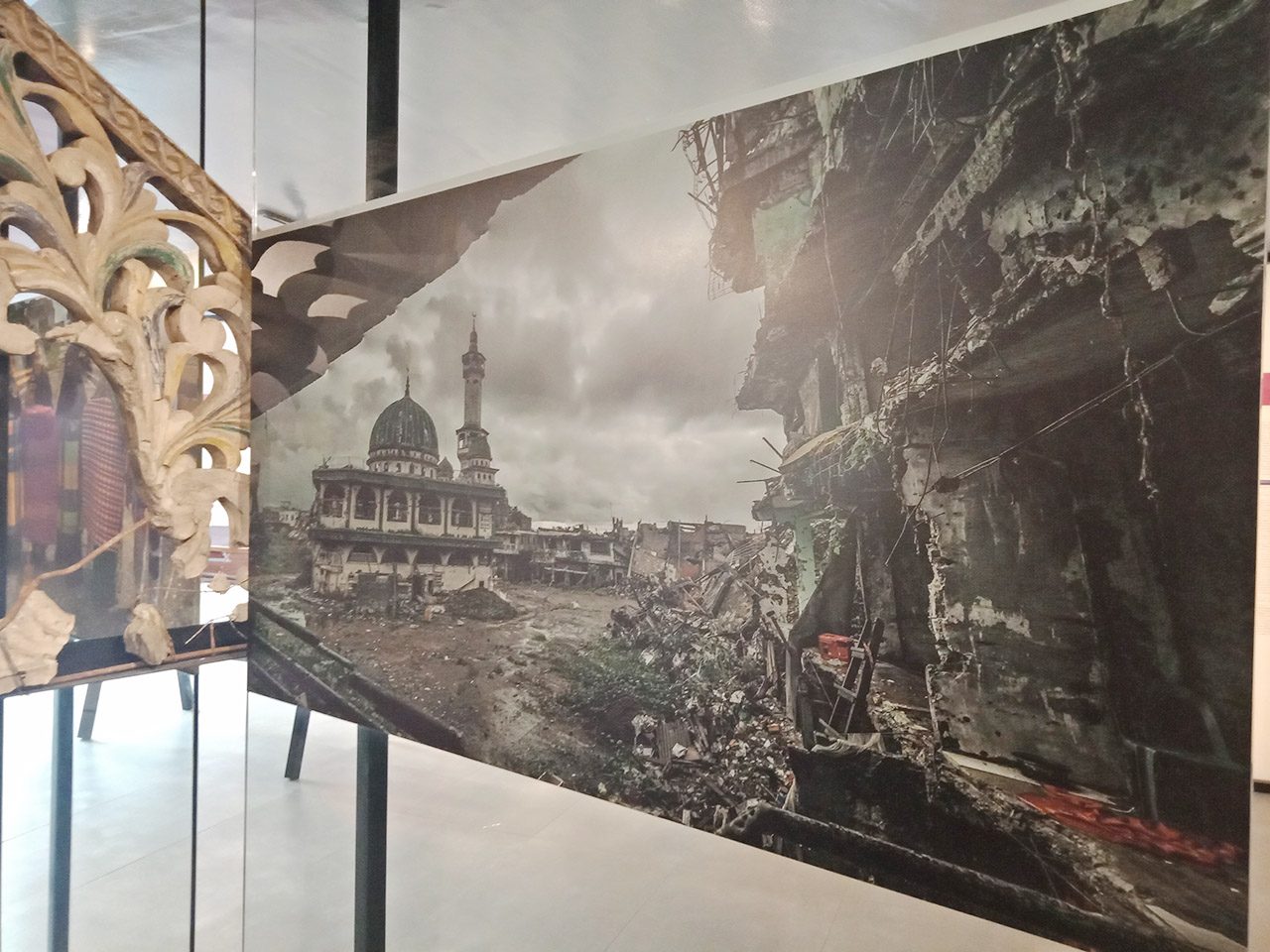
COTABATO CITY, Philippines – To mark the beginning of the new Bangsamoro autonomous government, the Autonomous Region in Muslim Mindanao (ARMM) launched on Monday, February 4, the first Bangsamoro Museum.
The facility is located inside the Office of the Regional Governor Compound, the seat of the incoming Bangsamoro government. Marian Pastor Roces, the commissioned curator, said the concept of the museum is to give emphasis on the “ordinary Bangsamoro people.”
“Mapapansin po ninyo na ang pinakamalaking espasyo ng museong ito ay para sa ordinaryong taong bayan at ang kanilang ambag sa pagdating natin dito sa hantungang ito na magkakaroon na ng Bangsamoro (autonomous government),” she said.
(You’ll notice that the biggest space inside the museum are for the ordinary people and their contributions in achieving a Bangsamoro (autonomous government).)
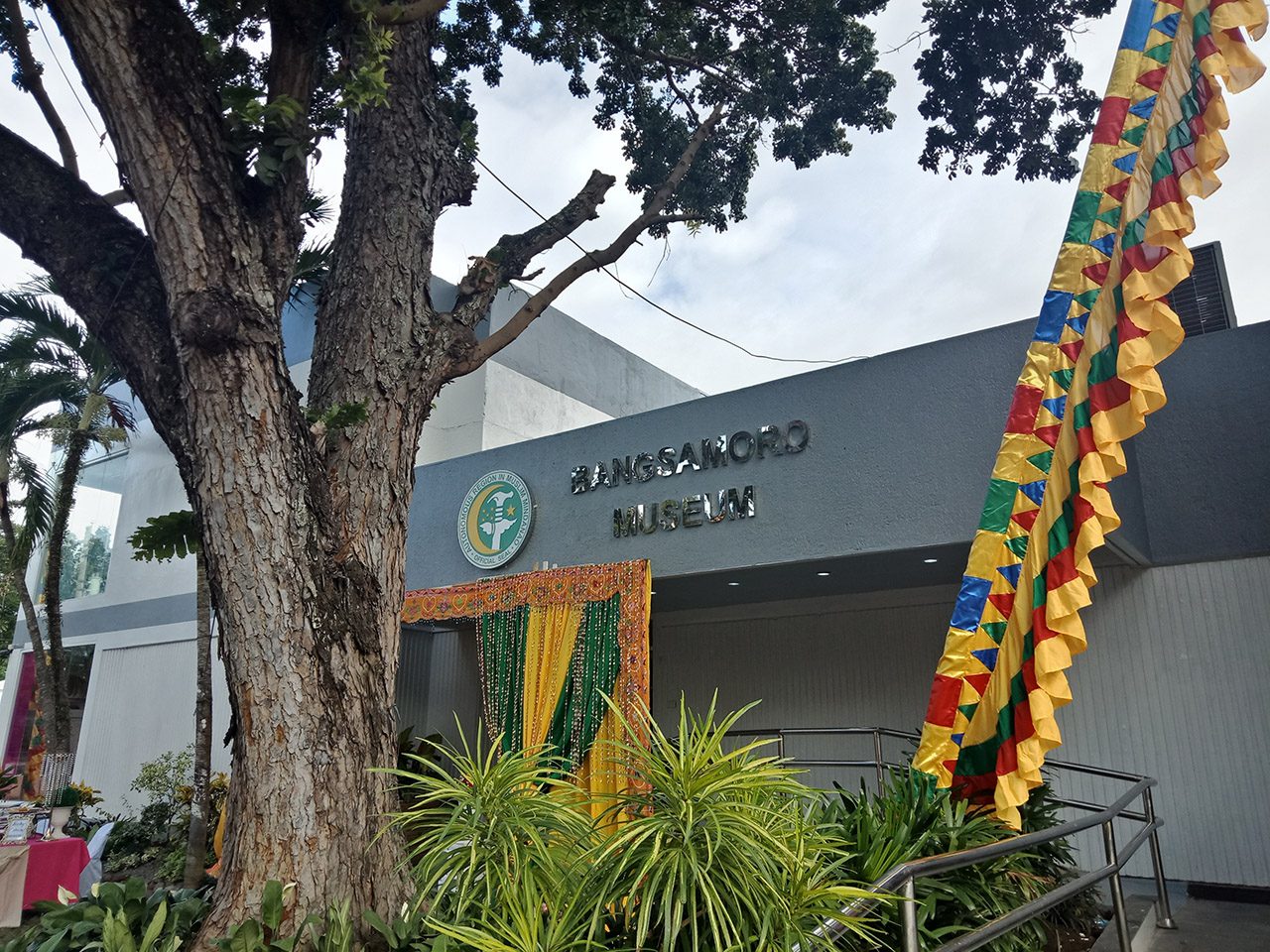
Inside the museum, portraits of different Moro tribes, such as Maranao, Maguindanaon, Iranun, Yakan, Sama, Tausug, and others are put on display. Their unique products, such as the traditional weaves of the Inaul, Tudung, and Likos, and ancient instruments like the Kulintang ensemble and Gandingan are also exhibited.

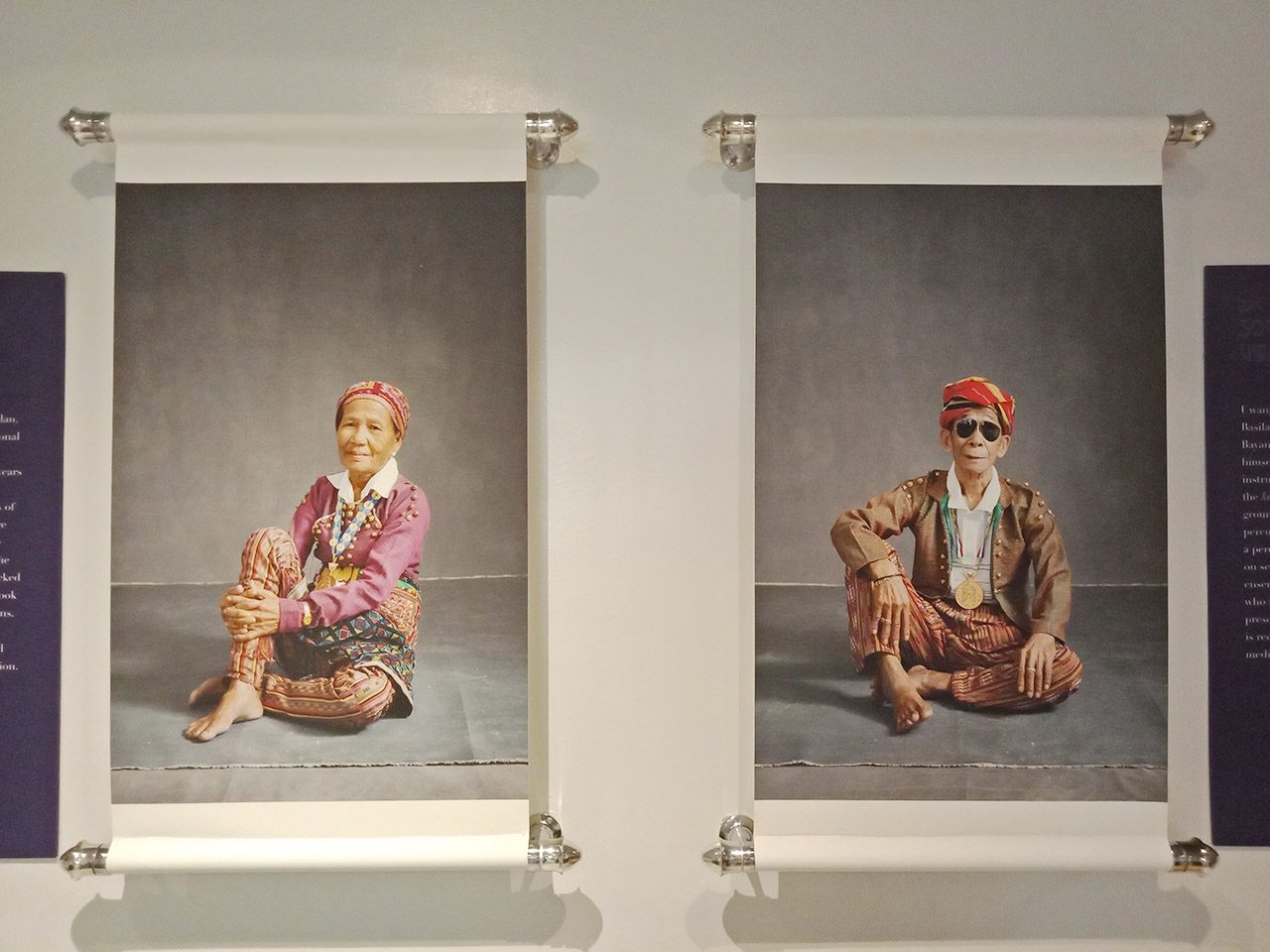
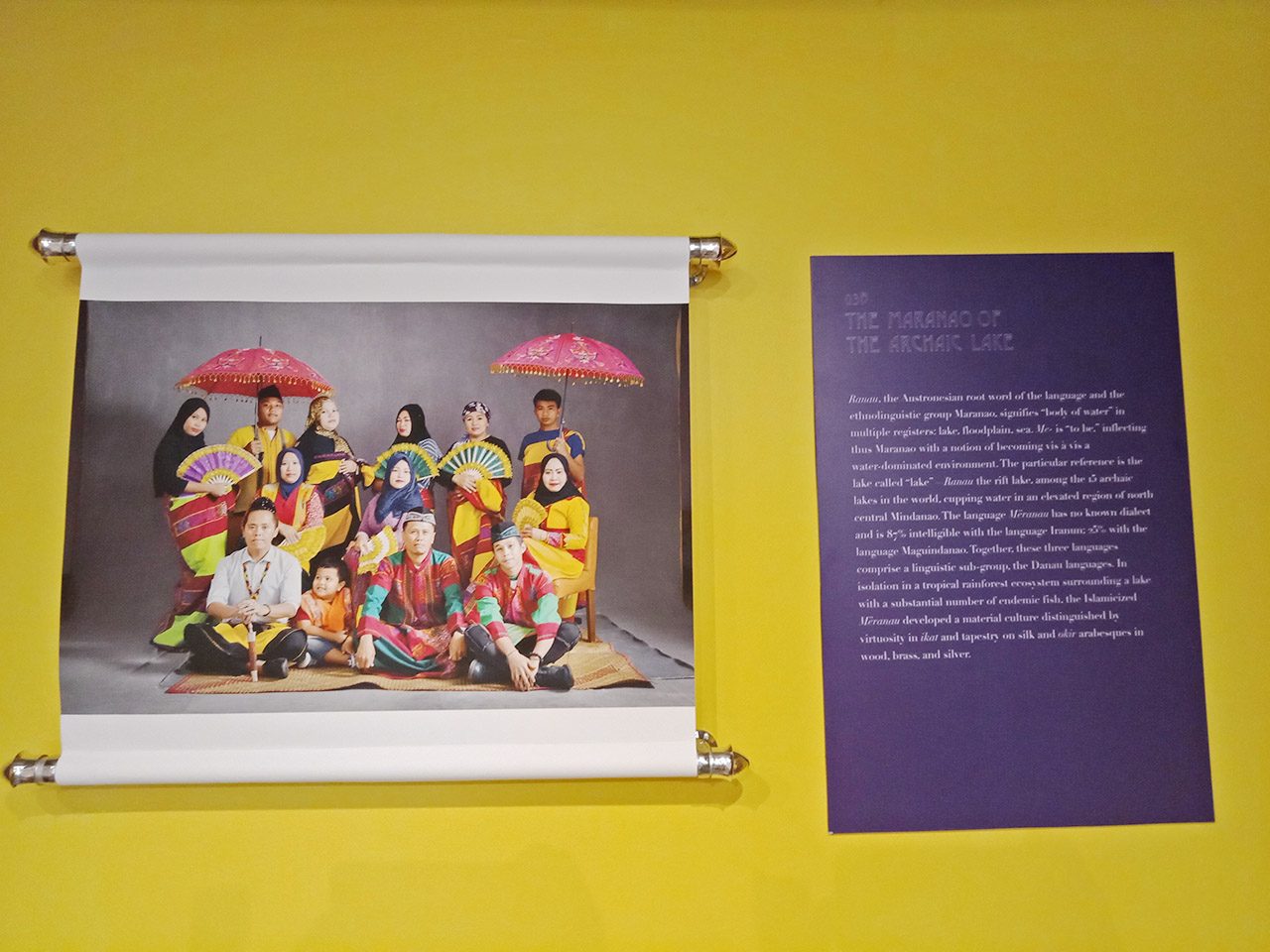
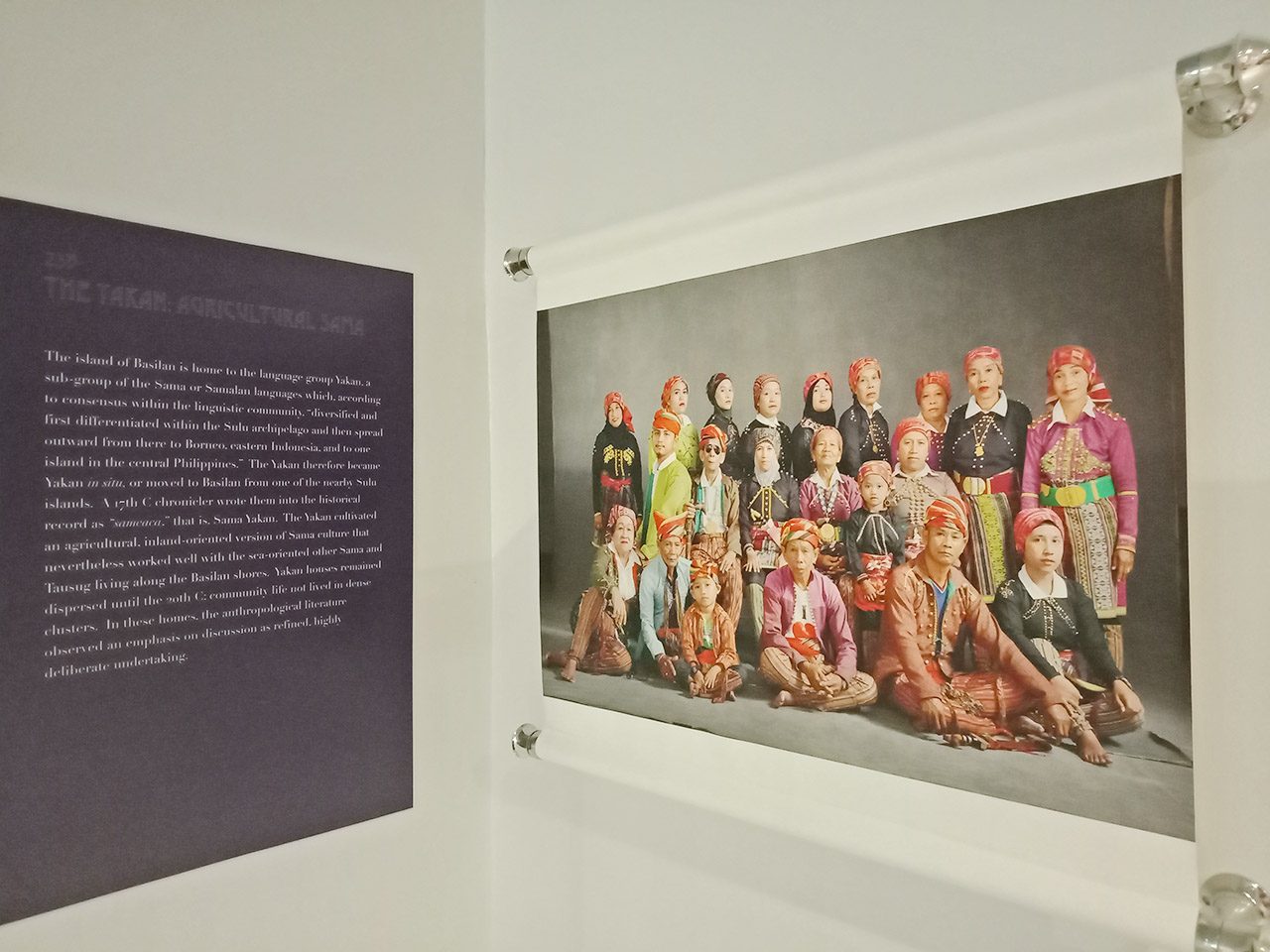
“Magtataka po siguro ang iba kung bakit dito sa museum na ito, karamihan sa mga gamit na makikita niyo ay hindi mamahalin, hindi magara, mayroong naka-exhibit na parang basahan na, parang basura na, bakit? Dahil mas mahalaga po yung taglay na kwento ng mga bagay na iyon,” Roces said.
(Some might wonder why the objects found in the museum are not expensive, some exhibits are like rags, some are like trash, why? Because the stories behind these objects are more important.)
On display are copies of the Holy Quran found among the debris of a burnt mosque at Marawi’s ground zero. These represent the immense loss of cultural properties during the war. Textiles weaved by Maranao women refugees during the Marawi siege are also put on display.
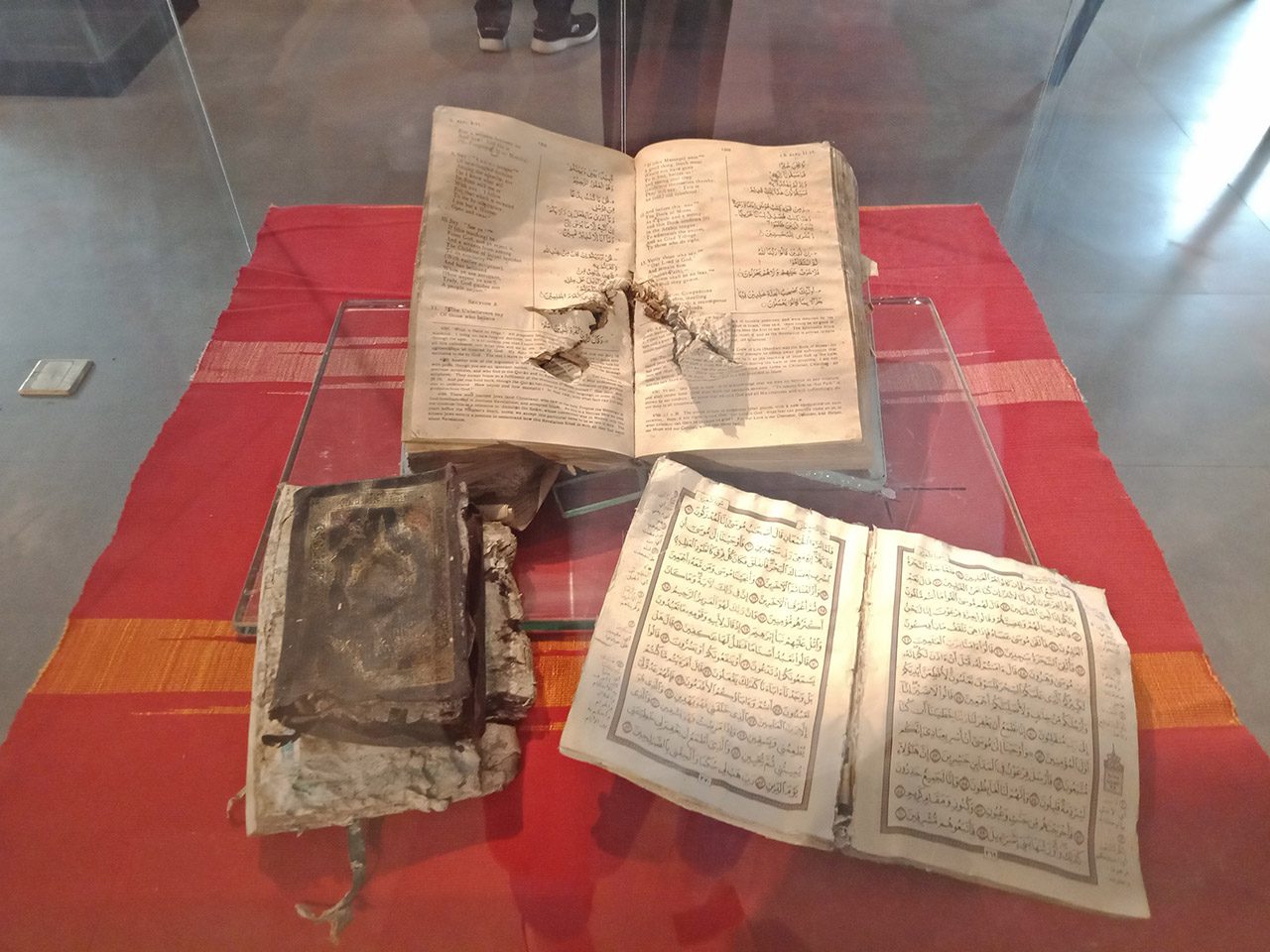
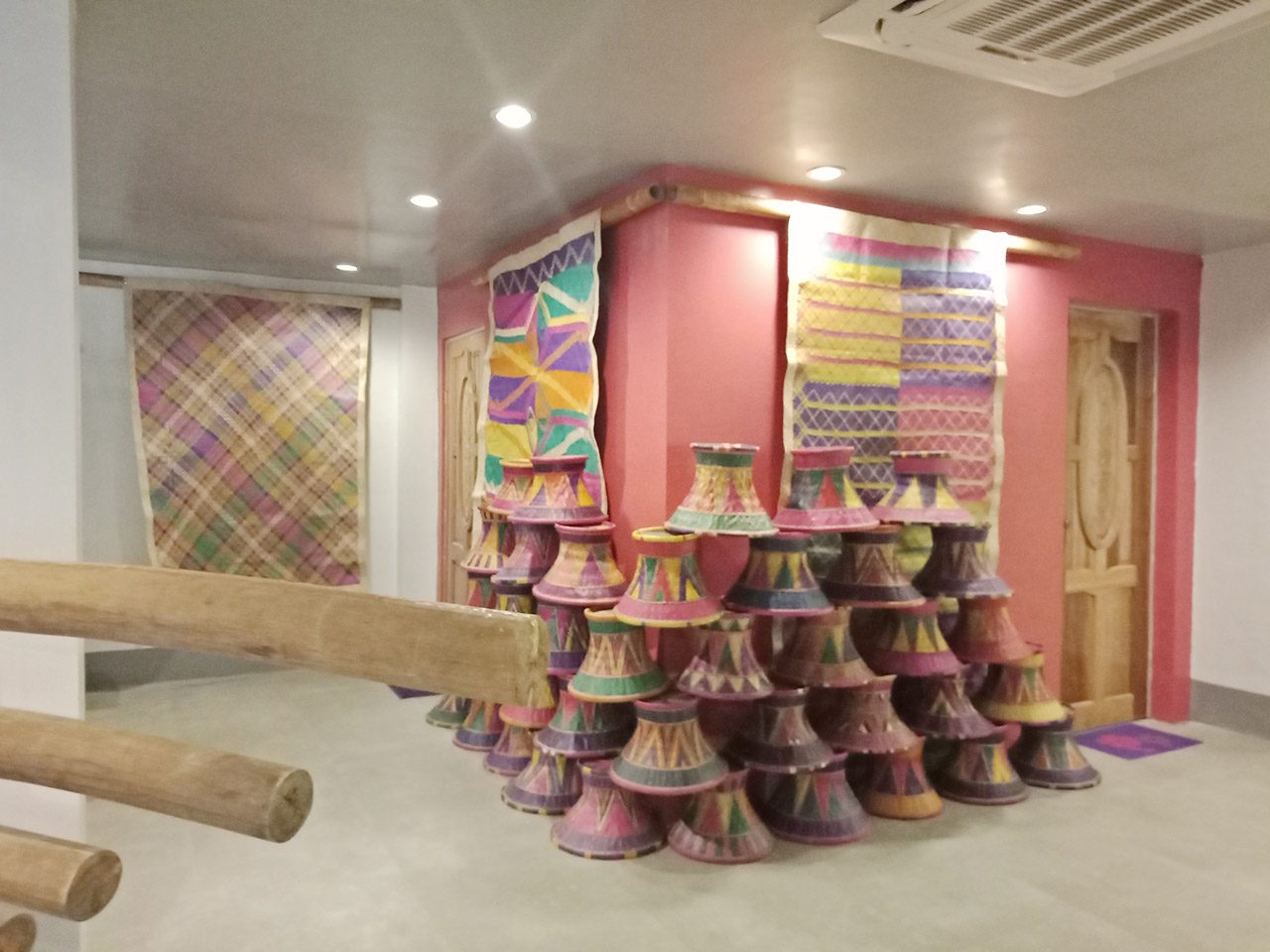
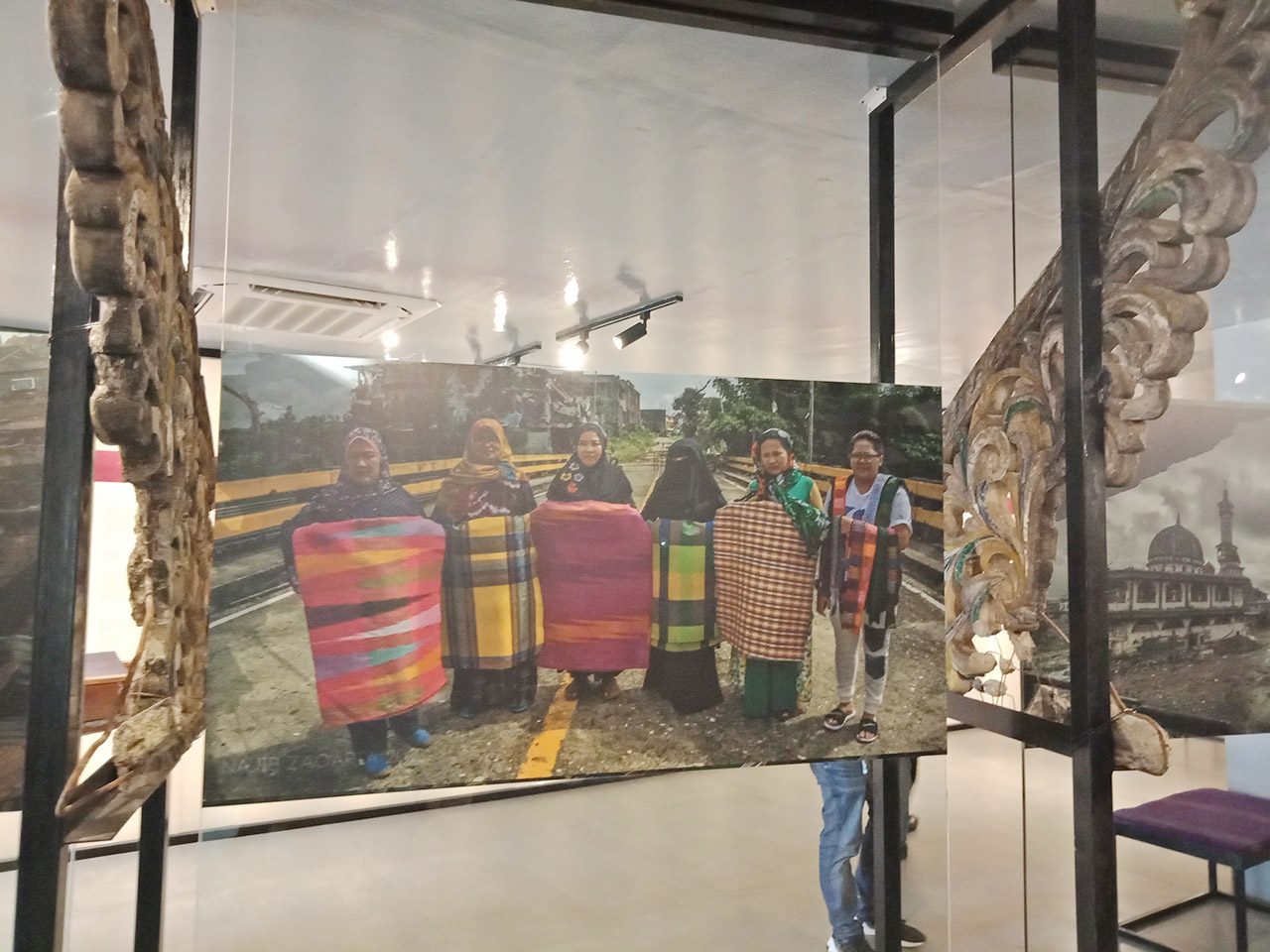

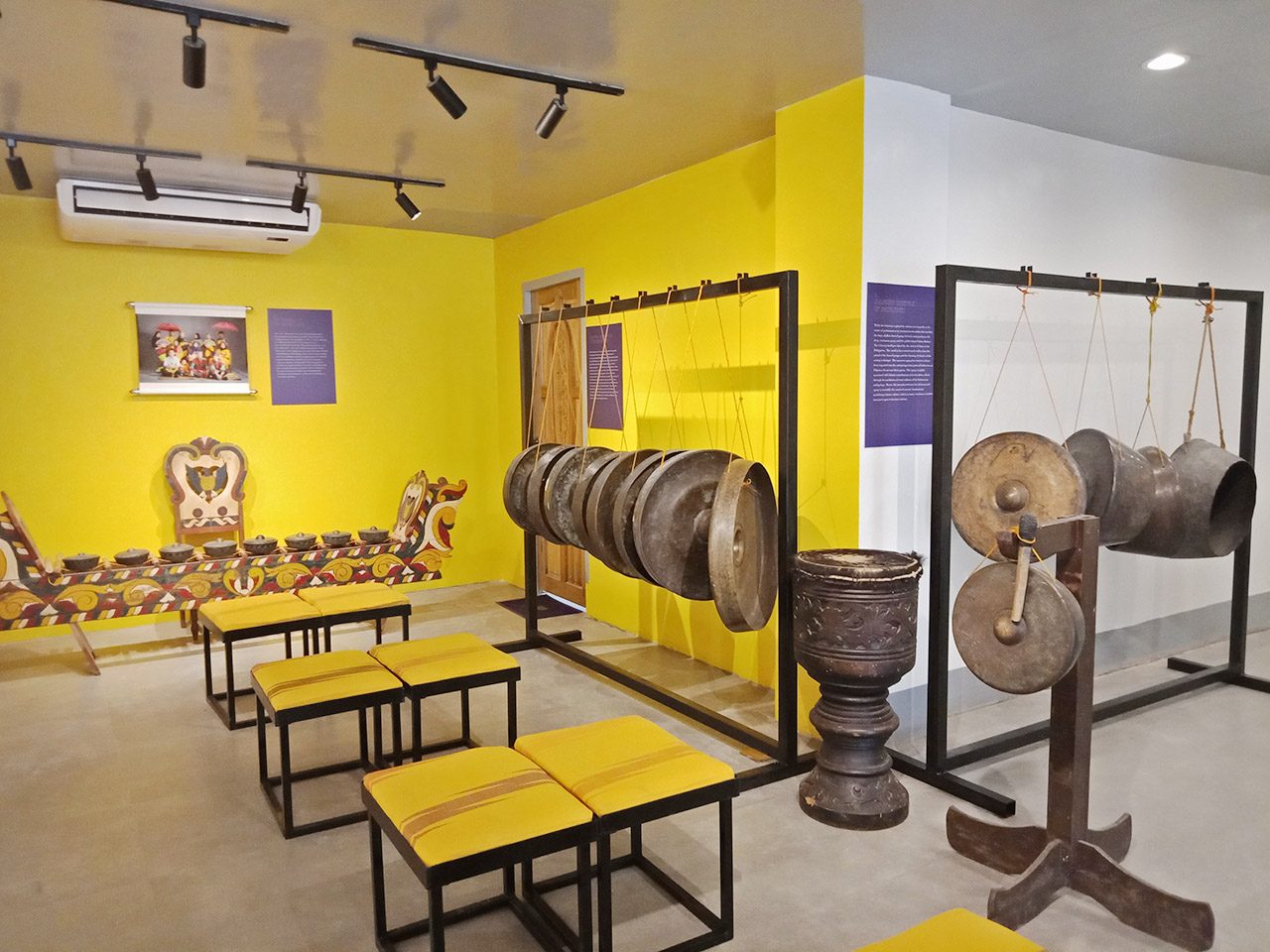
Also found in the museum are 21 2,000-year-old rare limestone burial urns, extracted from April to June 1963 by archaeologists from Silliman and San Carlos universities from the caves at the Kuluman Plateau in Cotabato Province. The caves are in the vicinity of the municipalities of Lebak and Tran in Sultan Kudarat.
A nook inside the museum displays all the peace process documents that were vital to the passage of the Bangsamoro Organic Law. Above them are the portraits of Presidential Adviser on the Peace Process Secretary Carlito Galvez, Moro Islamic Liberation Front (MILF) Chair Al-hajj Murad Ebrahim, Vice-Chair Ghazali Jaafar, and MILF implementing panel chief Mohagher Iqbal.
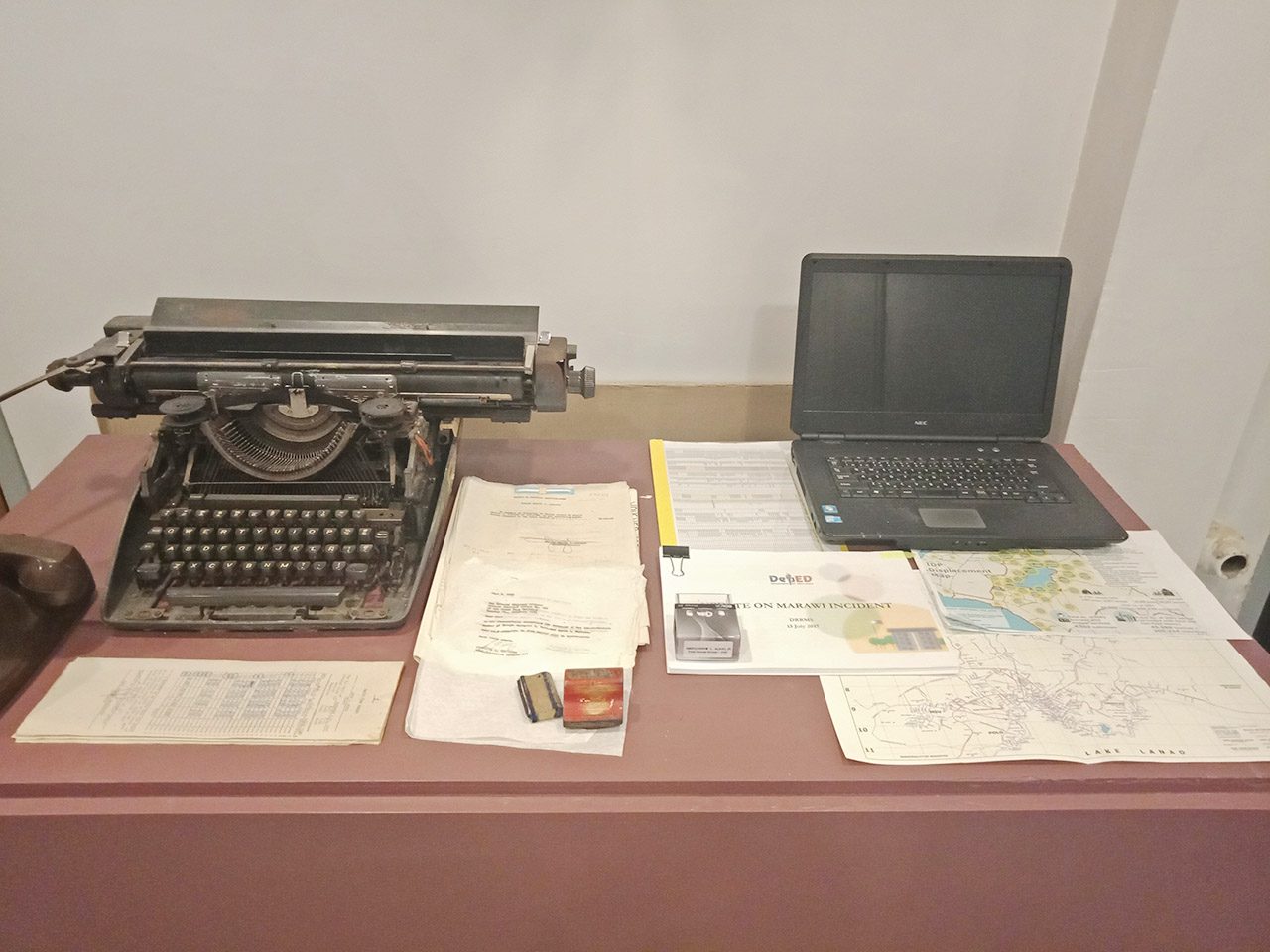
A personal library of MILF founder Hashim Salamat is also exhibited in the museum. During the opening ceremony, Iqbal donated books he authored in 1982. The books tackle the different peace processes launched since the Bangsamoro struggle started.
Meanwhile, ARMM Governor Mujiv Hataman stressed the importance of the museum to the Bangsamoro narratives. “Kung anong makikita niyo dito, siguradong akong may kwento yan lahat. Ayaw na natin maranasan ang hirap at kung sinu-sino lamang ang magkukwento sa ating kwento ng buhay at aspeto ng ating pagiging Moro,” he said.
(I’m sure there are stories behind the displays in the museum. We don’t want to experience the hardship again that anyone can tell our life stories and aspects of us being Moros.)
He said the museum will be a legacy of the ARMM government not only for the new Bangsamoro government but also for the next generations. – Rappler.com
Add a comment
How does this make you feel?
There are no comments yet. Add your comment to start the conversation.